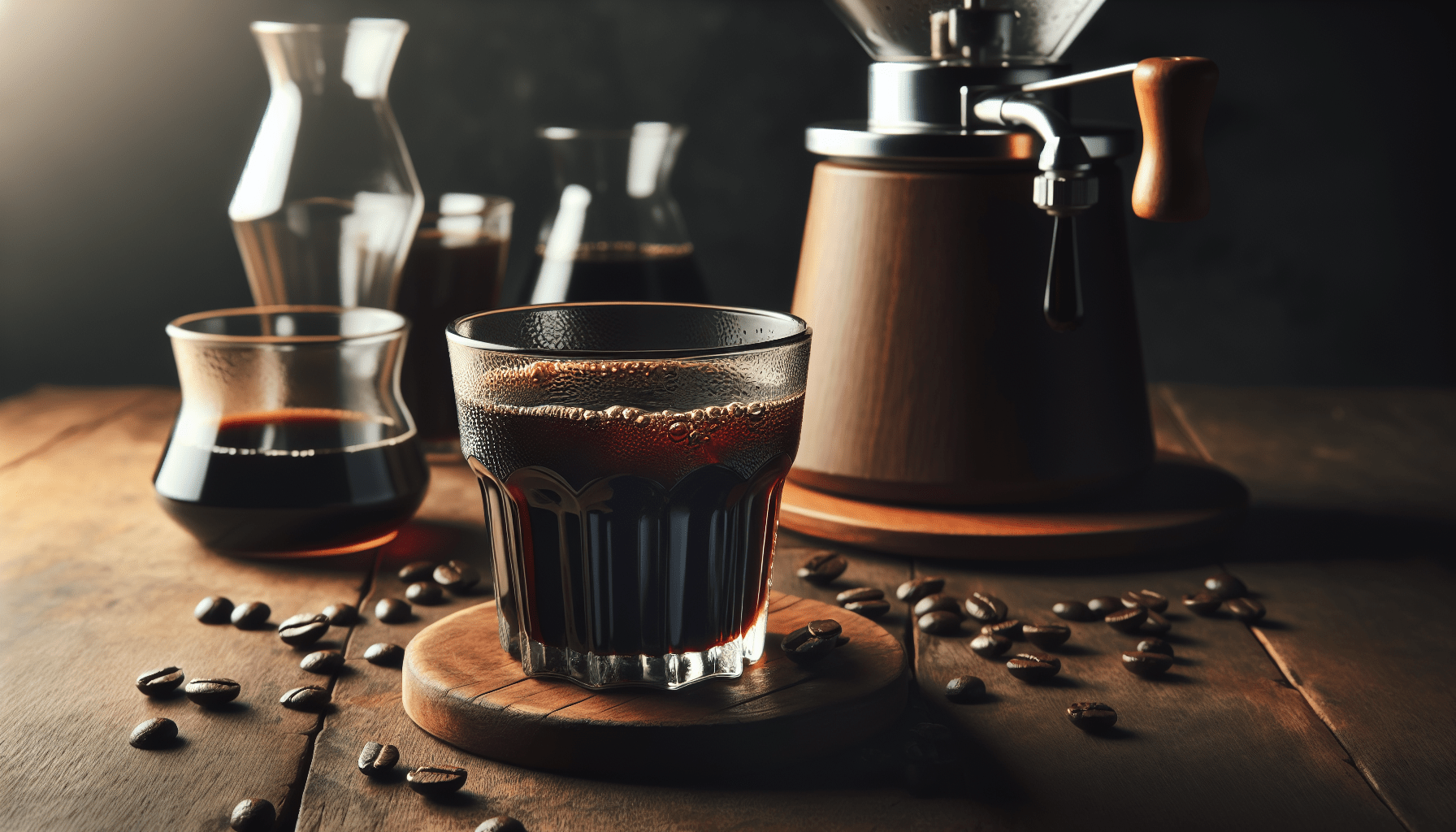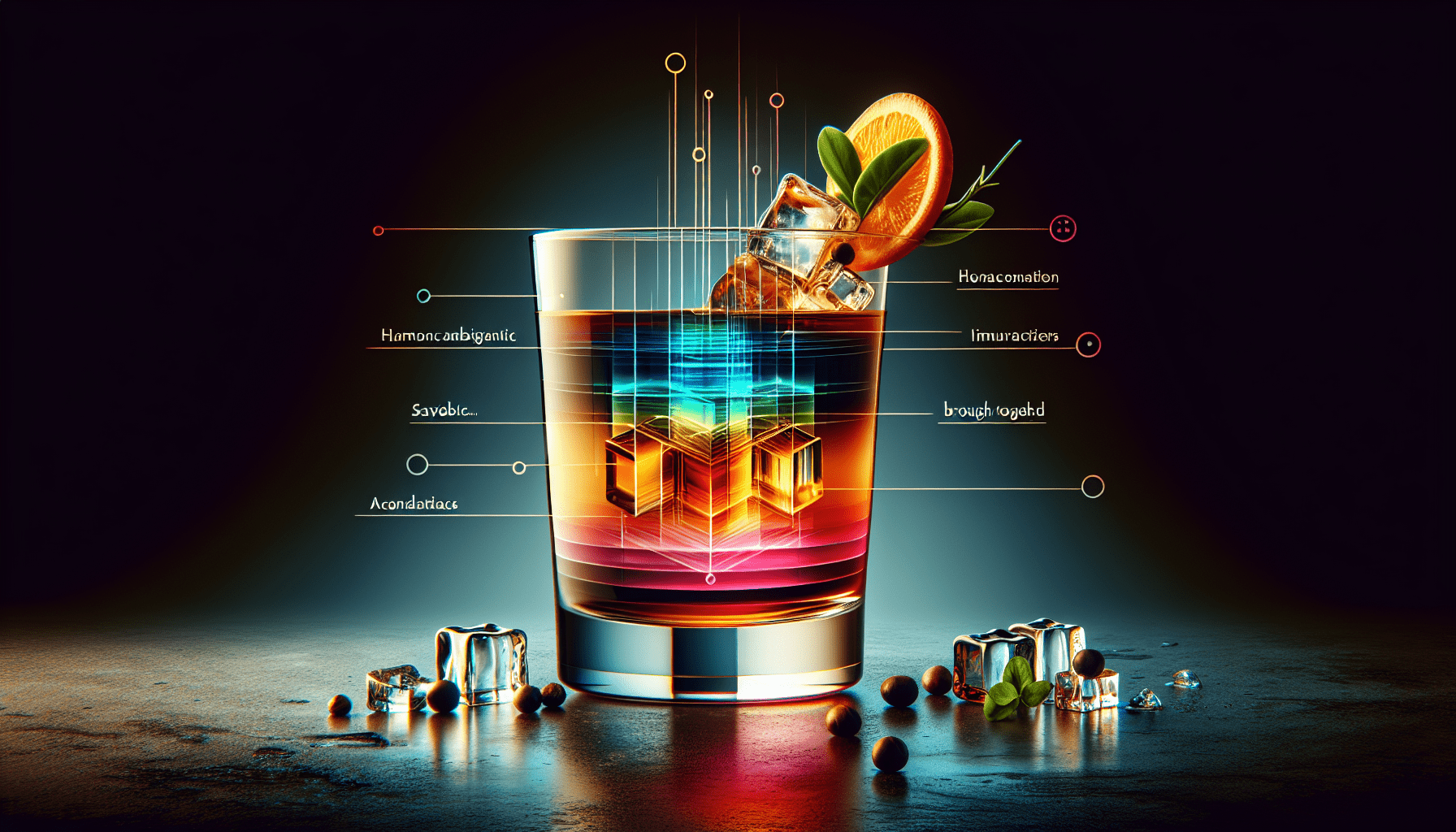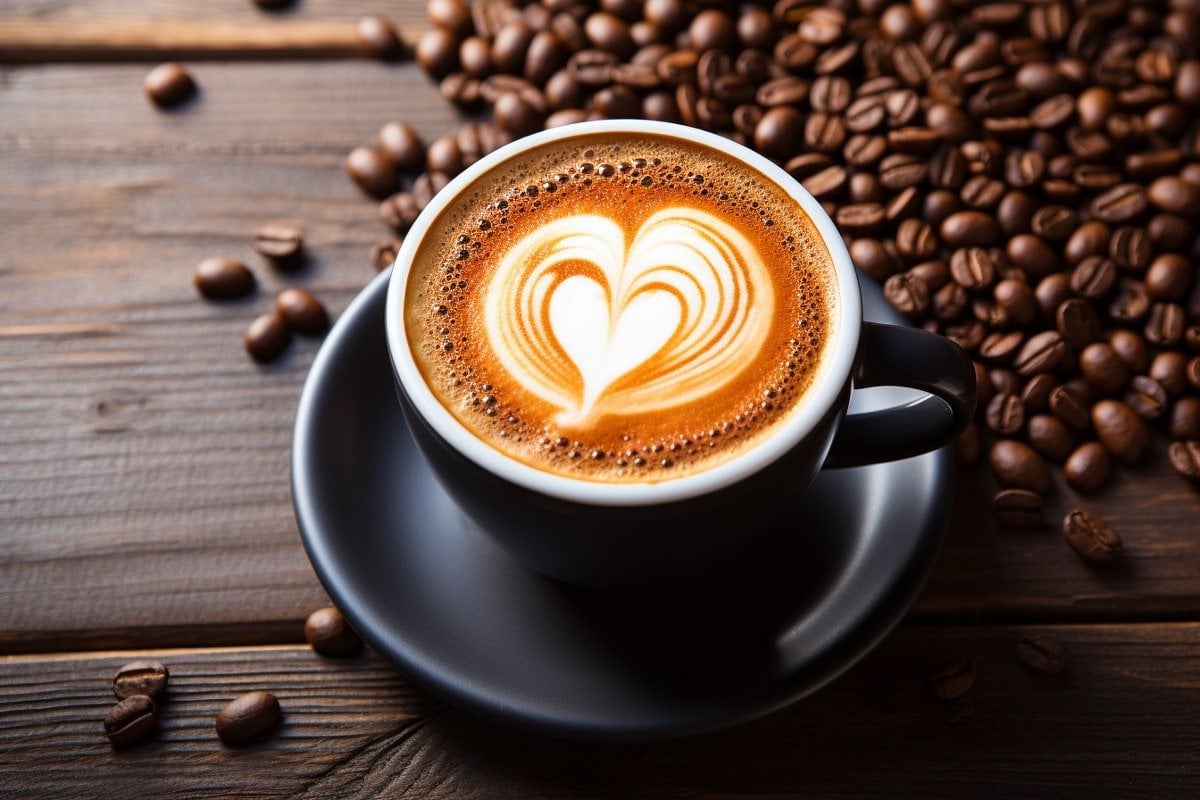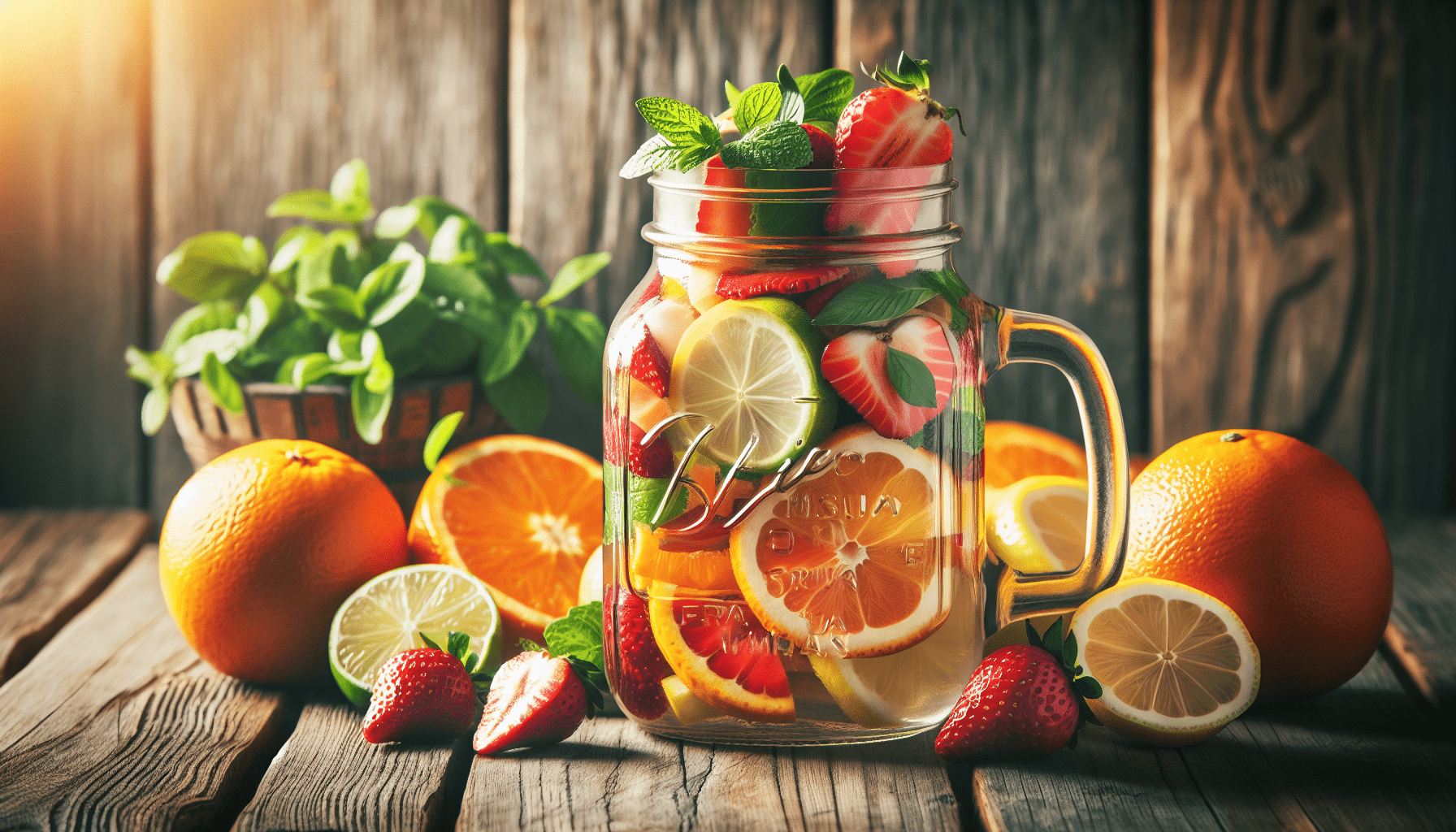If you’re a fan of smooth and refreshing cold brew coffee, then you understand the importance of finding the perfect brewing time. Adjusting the brewing time with a cold brew maker can make all the difference in achieving that rich and bold flavor, or a milder and more delicate taste. In this article, we’ll provide you with some helpful tips on how to adjust the brewing time with your cold brew maker, so you can enjoy a perfectly customized cup of cold brew every time. So grab your favorite mug, and let’s dive into the world of cold brew brewing time adjustments!
Understanding Cold Brew
What is cold brew?
Cold brew is a method of preparing coffee that involves steeping coffee grounds in cold water for an extended period, typically between 12 to 24 hours. This slow brewing process extracts the flavor compounds from the coffee beans, resulting in a smooth, low-acidity beverage that is less bitter compared to traditional hot coffee brewing methods. Cold brew is favored by many coffee enthusiasts for its unique taste and versatility.
Why is brewing time important in cold brew?
The brewing time is a crucial factor in cold brew because it determines the strength and flavor profile of the final product. Longer brewing times generally result in a stronger and more concentrated brew, while shorter brewing times produce a milder and less intense flavor. Adjusting the brewing time allows you to customize the strength and taste of your cold brew according to your personal preferences.
Factors affecting brewing time
Several factors can influence the brewing time in cold brew:
-
Coffee bean type: Different coffee bean varieties and origins may require varying brewing times to achieve optimal flavor extraction. Experimenting with different beans can help you discover the perfect brewing time for each type.
-
Grind size: The size of the coffee grounds affects the surface area exposed to water, which in turn affects the extraction rate. Finer grind sizes generally lead to quicker extraction, while coarser grind sizes may require longer brewing times.
-
Coffee-to-water ratio: The ratio of coffee to water determines the strength of the cold brew. Higher ratios of coffee grounds to water will result in a stronger brew that may require shorter brewing times, while lower ratios will result in a milder brew that may need longer steeping.
-
Steeping temperature: While cold brew involves brewing with cold water, the temperature can still impact the extraction process. Lower temperatures may require longer brewing times, while slightly warmer water can expedite flavor extraction.
-
Agitation: Stirring or agitating the coffee grounds during brewing can affect the rate of extraction. Gentle agitation can help even out the extraction process and may result in a shorter brewing time.
Adjusting Brewing Time with a Cold Brew Maker
Selecting the right equipment
To adjust brewing time effectively, it is essential to invest in a reliable cold brew maker. There are various options available, including immersion brewers, drip brewers, and cold brew systems. Consider factors such as convenience, capacity, and ease of use when selecting the right equipment for your brewing needs.
Determining the desired brewing time
Before making any adjustments, it is crucial to identify the desired brewing time that suits your taste preferences. Whether you prefer a strong and intense brew or a milder and smoother flavor, having a target brewing time in mind will provide a starting point for your experimentation.
Experimenting with different grind size
Grind size plays a significant role in cold brew extraction. To adjust brewing time, experiment with different grind sizes. Finer grounds will extract flavors more quickly, while coarser grounds may require a longer brewing time for optimal extraction. Start with a medium grind size and gradually adjust finer or coarser until you achieve your desired taste.
Using different coffee-to-water ratios
The coffee-to-water ratio is a fundamental aspect of cold brew preparation. Adjusting the ratio can impact the strength and concentration of your brew, therefore influencing the brewing time. Increase the coffee-to-water ratio for a stronger brew that may require a shorter brewing time, or decrease the ratio for a milder brew that may need a longer steeping period.
Controlling steeping temperature
Though cold brew is traditionally made with cold water, experimenting with slightly warmer water temperatures can affect the brewing time. Warmer water often leads to a faster extraction process and may require adjustments to the brewing time. However, it is crucial to avoid excessively high temperatures, as this can result in over-extraction and bitterness.
Monitoring the extraction process
Throughout the brewing time adjustment process, it is important to monitor the extraction process. Regularly taste your cold brew at different intervals to evaluate the flavors and strengths that develop over time. This hands-on approach will allow you to make informed decisions about adjusting the brewing time to achieve the desired taste.
Tips for Adjusting Brewing Time
Start with a standard brewing time
When starting out, it is recommended to begin with a standard brewing time of around 12 hours. This duration provides a good baseline to assess the taste and strength of your cold brew. From there, you can make adjustments based on your personal taste preferences.
Taste test and adjust
Regularly tasting your cold brew throughout the brewing process is key to adjusting the brewing time effectively. Take note of any changes in flavor, strength, or bitterness. If you find your brew to be too weak, increase the brewing time. Conversely, if it is too strong or bitter, decrease the brewing time.
Document and track your adjustments
To keep track of your brewing time adjustments, it is helpful to document the brewing parameters you used, including the grind size, coffee-to-water ratio, and steeping temperature. Take notes on the resulting taste profiles and any observations made during the process. This record will serve as a guide for future adjustments and allow you to replicate your favorite cold brew recipes.
Consider external factors
External factors such as ambient temperature and humidity can influence the brewing time. Warmer temperatures often lead to faster extraction, while cooler temperatures may require longer steeping times. Take these factors into account and make adjustments accordingly to maintain consistency in your cold brew.
Seek advice from other cold brew enthusiasts
The cold brew community is full of passionate enthusiasts who love sharing their experiences and knowledge. Engage with others, join online forums, or seek advice from experienced cold brew makers. Their insights and tips can be invaluable in helping you adjust your brewing time effectively and achieve the best possible cold brew.
Common Mistakes to Avoid
Over-extraction due to extended brewing time
Leaving the coffee grounds to steep for too long can result in over-extraction, leading to a bitter, unpleasant taste. Avoid excessively long brewing times beyond 24 hours, as this can significantly affect the flavor profile of your cold brew.
Under-extraction due to short brewing time
Conversely, insufficient brewing time can lead to under-extraction, resulting in a weak and lackluster brew. Be mindful of not rushing the process and allow enough time for the water to extract the flavors from the coffee grounds adequately.
Inconsistent grind size
Using inconsistent grind sizes can lead to an uneven extraction and affect the brewing time. Ensure that your coffee grounds are uniformly sized to achieve consistent flavors and avoid any discrepancies in the brewing process.
Incorrect coffee-to-water ratio
Accurately measuring the coffee-to-water ratio is crucial for achieving the desired strength and taste in your cold brew. Using too little coffee or too much water can result in an imbalanced brew and affect the ideal brewing time.
Inadequate control of steeping temperature
Although cold brew is typically made with cold water, temperature variations can still impact the brewing time. Failing to control the steeping temperature can lead to inconsistent flavors and affect the optimal brewing time. Always aim for a stable and controlled temperature during the brewing process.
FAQs about Adjusting Brewing Time
What is the ideal brewing time for cold brew?
There is no fixed ideal brewing time for cold brew, as it is subjective and depends on personal preferences. Experimentation is key to finding the perfect brewing time that suits your taste. Start with a standard time of around 12 hours and adjust accordingly until you achieve the desired flavor profile.
How does grind size affect brewing time?
Grind size directly affects the surface area of the coffee grounds, which in turn influences the extraction rate. Finer grind sizes expose more surface area and extract flavors more quickly, resulting in shorter brewing times. Coarser grind sizes require longer brewing times to extract the same flavors effectively.
Can I adjust brewing time for different coffee beans?
Yes, the brewing time can be adjusted for different coffee beans. Various types and origins of coffee beans have unique flavor profiles, and adjusting the brewing time allows you to optimize the extraction of these flavors. Experiment with brewing times specific to each type of coffee bean to bring out their best qualities.
Is it possible to speed up the brewing process?
While cold brew generally requires an extended brewing time, there are a few ways to speed up the process slightly. Using a slightly warmer steeping temperature and a finer grind size can expedite flavor extraction. However, it is important to maintain control and avoid rushing the process to prevent over-extraction.
What happens if I oversteep my cold brew?
Oversteeping cold brew can lead to over-extraction, resulting in a bitter and overly strong brew. This can negatively impact the flavor profile, making it less enjoyable. It is best to adhere to the recommended brewing times and maintain a balance between extracting the desired flavors and avoiding excessive extraction.
Conclusion
Adjusting the brewing time with a cold brew maker allows you to personalize your cold brew experience and create a beverage tailored to your taste preferences. By selecting the right equipment, determining the desired brewing time, experimenting with grind size and coffee-to-water ratios, controlling steeping temperature, and monitoring the extraction process, you can achieve the perfect cold brew every time. Remember to avoid common mistakes, document your adjustments, consider external factors, and seek advice from other cold brew enthusiasts. With continual experimentation and refinement, you can unlock the full potential of cold brew and enjoy a consistently delicious and customized cup of coffee.




